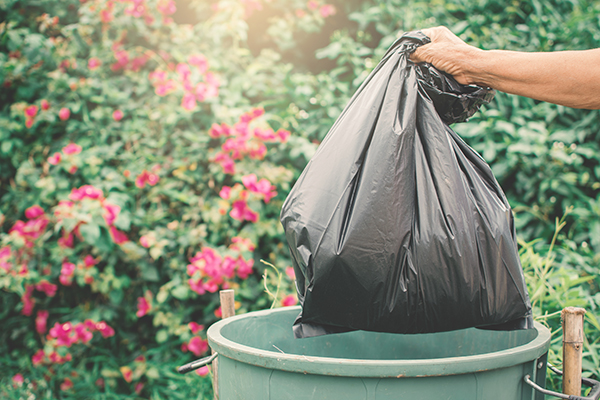Cutting Board Safety
Everyone knows to prepare food only on a clean and sanitized surface. Everyone also knows not to prepare food on a surface previously used to prepare any type of uncooked meat—cross-contamination. But does everyone know what this clean, sanitized, uncontaminated surface should be made out of? Or how cutting boards should be cared for?

For commercial kitchens there are several types of cutting boards to choose from:
• WOOD – Hard rock maple or cherry hardwoods are less porous and better in the wood category, but expensive and heavy. They require care with food grade mineral oil or grape seed oil to keep them in condition and some sanding eventually. Hardwood is best to keep knives from dulling and provide friction from slipping. If you prefer wood, consider using them for cutting vegetables, herbs, and bread. Bakeries also like hardwoods.
• BAMBOO— Newer to the kitchen, but are harder and even less porous than the hardwoods. Bamboo absorbs very little moisture and resists scarring from knives, so they are more resistant to bacteria than other woods. Bamboo also requires some mineral oil care. It’s actually a grass and not a wood, and do get worn or “furry” after lots of use, which makes them splinter eventually.
• GLASS— Not at all porous. Easy to clean and sanitize, but are worst for dulling knives, so not good for commercial use.
• PLASTIC – Most often recommended by professional chefs and are NSF certified. Plastics have improved and now use a high-density polyethylene called “Sanatec®” that claim it will not dull knives and is three times stronger than older plastic boards. Plastics can be color coded (usually 6-7 colors) and easily sized. There are new materials that are heat-resistant, will not warp, and can be used with serrated knives, so check out your cutting board plastic material types when purchasing.
• MARBLE & GRANITE—These are stone, so look beautiful and are great for serving foods. However, they also dull knives. The additional cons for marble and granite are staining from grease, oil, coffee, and wine. Bakeries like the stone boards as they keep dough cooler. Granite is stronger than marble, as far as chips and scratches.
The main concern with using cutting boards is avoiding cross-contamination. Boards used for cutting raw meat, poultry or seafood should be used exclusively for this type of preparation. Color-coded boards (NSF certified types) are a good solution. It is very important to cut all bread, produce and other ready-to-eat foods on boards that were not used for meat/poultry/seafood preparation – even if the board has been sanitized.
Don’t forget “cross-contact” with food allergens. When preparing food for a customer with a known food allergy, be careful to thoroughly wash and sanitize boards and knives before cutting foods for that person. Microscopic allergenic proteins can adhere to poorly cleaned equipment and hands.
Clean & Sanitize It! The best way to clean a wooden cutting board is to scrape off all food residues with a steel scraper or spatula. Then sprinkle the board with coarse salt and lemon juice, and use a clean cloth to scrub the surface. The salt and the lemon interact to form a mild acid, which cleans the wood. Rinse the surface with cold water after any stains have been removed. Then sanitize it. Cutting boards that are clean-in-place, should be cleaned and then sanitized after every use, with a solution of one to two teaspoons chlorine bleach per quart of water or a commercial approved sanitizer. In food service facilities, use the auto-dishwasher for movable plastic type boards or manual 3 compartment sink method: 1) wash in warm soapy water, 2)rinse with clear warm water, 3) immerse in sanitizing solution and air dry.
Most important in cutting board safety is knowing when to replace the board. Once deep grooves form in the board, it is time to discard the board. These grooves are a breeding ground for pathogenic microorganisms.
***
About the Author: Lacie Thrall











